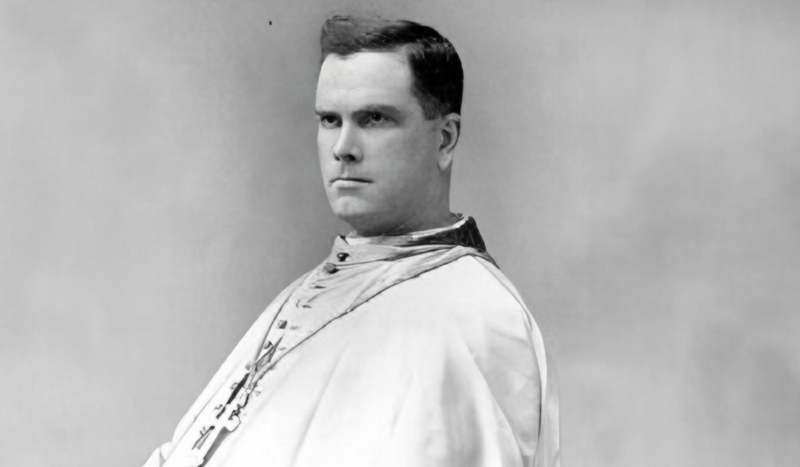
NOTE: Enjoy this excerpt from The American Daily Reader, by CatholicVote president Brian Burch and Emily Stimpson Chapman. To order the complete volume, visit the CatholicVote store today!
Just weeks after the signing of the Declaration of Independence, two Spanish Franciscans became the first Europeans to enter present-day Utah. The priests, Fathers Francisco Dominguez and Silvestre Velez de Escalante came north from Santa Fe in July 1776 to establish missions among the Ute and Laguna. Political changes in Spain, however, soon forced the friars to abandon their work and the few converts they made.
Catholics wouldn’t return to the region until the end of the American Civil War when prospectors discovered silver and gold in Utah’s mountains. Catholic immigrants came to work in the mines, and missionary priests followed. One of those priests persuaded Brigham Young to sell him land in Salt Lake City, and in 1871, his successor used the land to build Utah its first Catholic church, St. Mary Magdalene.
Two years later, Father Lawrence Scanlan arrived to serve as pastor. Born on September 28, 1843, Scanlan had come to San Francisco from Ireland in 1869 as a newly ordained priest. Four years later, convinced that Catholics needed to establish a foothold in a territory fast becoming known as “Mormon country,” he volunteered for the Utah missions.
To that end, Scanlan spent most of his first decade in Utah on horseback, visiting even the most far-flung mining camps every month. The priest also persuaded the Sisters of the Holy Cross to come to Salt Lake City. Together, they built a hospital, school, and orphanage.
Rome recognized Scanlan’s accomplishments in November 1886, when the 43-year-old priest was named Vicar Apostolic of Utah. Then, when Salt Lake became a diocese in 1891, Scanlan became its first bishop. Almost immediately, Scanlan began planning for a cathedral. He already had the land—just five blocks away from the Mormon’s Temple Square—but, at the time, Utah’s wealth was concentrated in Mormons’ hands, and raising the money proved nearly impossible.
Not until 1899 could Scanlan lay the cornerstone for the Cathedral of the Madeleine. Sixteen years later, with the interior still unfinished, Scanlan was laid to rest inside his cathedral’s walls.

